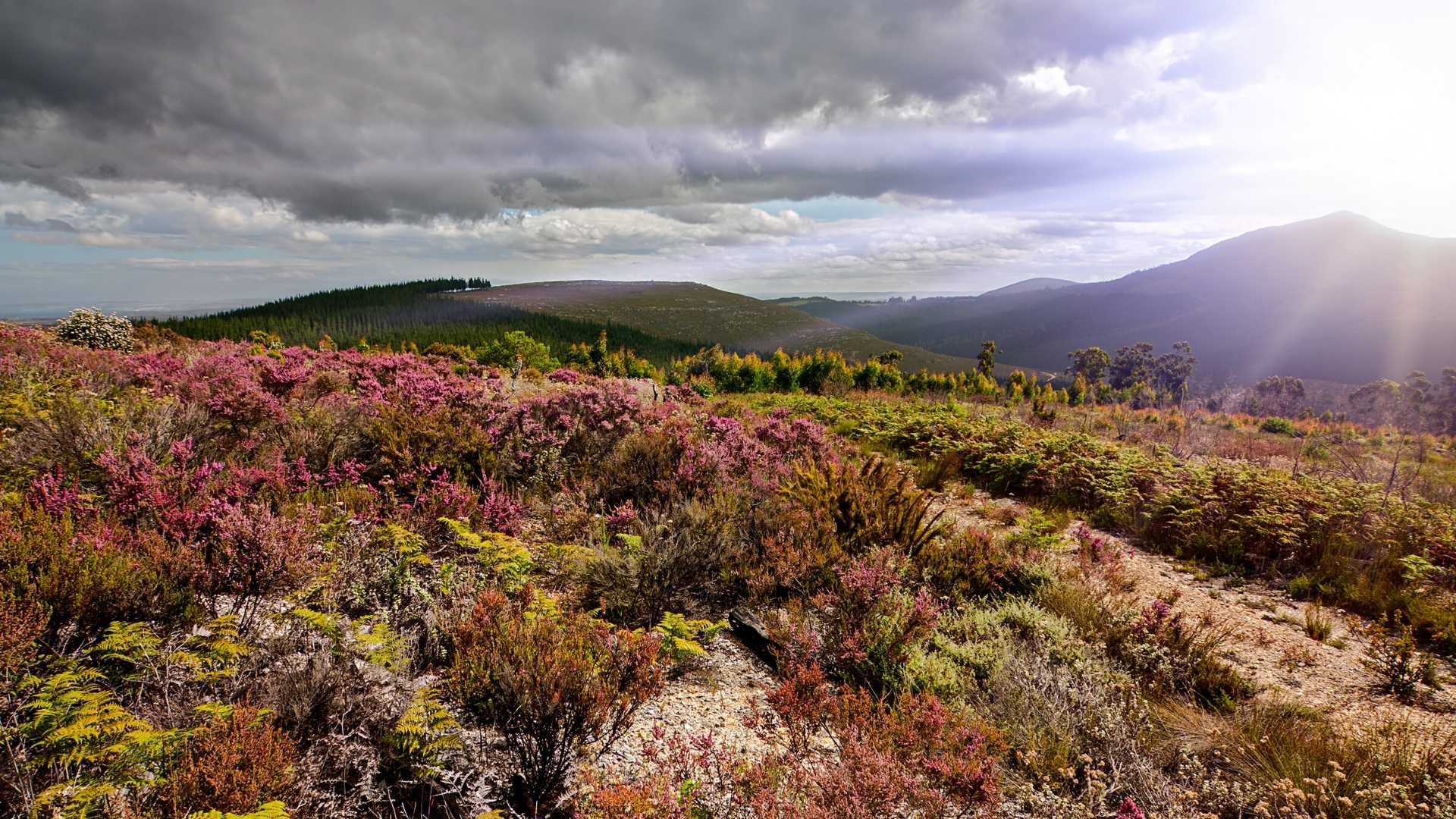Biodiversity Management
Biodiversity conservation is the protection and management of biodiversity to obtain resources for sustainable development. Biodiversity conservation has three main objectives: To preserve the diversity of species. Sustainable utilization of species and ecosystem.

Biodiversity is under threat from human activities and climate change.
There is now a need to generate new models to manage it so that it becomes more resilient and survives. This, though, is a specialised activity. Applied management must base its decisions on good scientific information and socio-economic tendencies.
But natural resource management over privately owned land requires special skills including communication, social, economic, environmental and networking skills. It is recognised that preservationist conservation strategies have not been effective in halting the decline of natural resources. Instead a more integrated approach, recognising the intertwined environmental integrity, social and cultural well-being, coupled with economic efficiency and political aspects, is a far more holistic and successful way of resource management.
What do we want from good biodiversity management? Well, there is a good argument for the management of biodiversity to maintain or increase the ecosystem services required to supply products of the environment, and to promote those that are not so visible (such as regulating the chemistry (CO2) of our atmosphere and a clean and healthy water supply). Biodiversity is directly involved in recycling nutrients together with fire, and providing fertile soils.
Biodiversity is the degree of variation of biological life forms within populations, species, and even ecosystems, biomes, or the entire planet. The biodiversity within a system is a measure of the health of those systems.Rapid extinction of species and the destruction of ecosystems and habitats are typically caused by an increasing population with expectations of a higher standard of living. However, there is strong evidence that climate change is seriously affecting a host of ecosystems and habitats with serious consequences on their dependent species.
In Africa, biodiversity is important for economic development and local livelihoods. An appropriate example of strength in diversity, or should we say weakness in homogeny (or monoculture) is the crash of the ostrich industry, with no other income to support the relevant agricultural economy. Biodiversity is not only the diversity of species in a system but also the genetic diversity within a species. Species with high genetic diversity and many populations are adapted to a wide variety of conditions and are more likely to be able to weather disturbances, disease, and climate change. Surviving biodiversity, although the effects of the ostrich industry have shrunk that potential, still offer resources for increasing the range of food and other products suitable for human use.
Biodiversity's relevance to human health is becoming an international political issue, as scientific evidence builds on the global health implications of biodiversity loss. In this case biodiversity loss and climate change are closely associated. Climate change will be responsible for changes in populations and the distribution of disease vectors, scarcity of fresh water, impacts on agricultural biodiversity and food resources. The species most likely to disappear are those that adjoin intensively changed habitat, such as cultivated lands and built up areas and those that buffer against infectious disease transmission, while resilient species tend to be the ones that increase disease transmission, such as that of the Malaria Virus.
In addition in Africa, there are increasingly problems of poorer water quality and catchment management, lower access to health services, and poorer waste management, all leading to not only more people being infected within the present malaria range, but also an increase in the range in general. Abnormal migration out of rural to urban areas which is in its self as a result of pressure on their agricultural practices, has placed greater stress the surrounding natural areas.
A significant proportion of drugs are derived, directly or indirectly, from biological sources and yet only a tiny fraction of wild species has been investigated for medical potential. It was just the other day that Hoodia gordonii was commercialised as a treatment for slimming and kidney and liver disease, and yet species are disappearing faster than we can analyse them for medicinal use. There has, together with urbanisation, been a phenomenal increase in traditional healers collecting most of their products unrestricted from the buffer areas surrounding urban developments.
Business and industry are more dependent on a health biodiversity than they would like to realise. It is obvious that the agricultural industry is totally dependent on the energy cycle and a stable ground cover to increase productivity. Diversity in this cover ensures seasonal and drought resilience and consistent grazing. Water availability and retention in the soil determines successful crops or failure, but the reduction in biodiversity may not only affect the quantity of water but also its quality, as the Australians have discovered by clearing Eucalyptus spp to develop cultivated lands. This increased surface water depositing minerals and salts on the surface, totally destroying agricultural potential.Permanently in the news today is the effects of water on the deep gold mines of South Africa and vice versa.
Mine polluted water has a major influence on the health and safety of people and biodiversity down stream as it does on other industries requiring expensive filtration plants to refine the water to a quality that can be used. Municipal governance is not keeping pace with the purification necessities required to supply their communities with suitably purified water.
Water and the tourism industry are synonymous. Areas with expanses of healthy water ecosystems attract tourists for a number of activities reliant on clean water. The Duzi canoe marathon springs to mind with its high E. coli counts, concentrated communities along its banks with inadequate sanitation and all the health and social ills that accompany it and yet the marathon still proceeds.
It started and built its reputation when the river was clean and safe, and it's merely its name now that carries it. At some point, it will be impossible to expose the competitors any longer.
